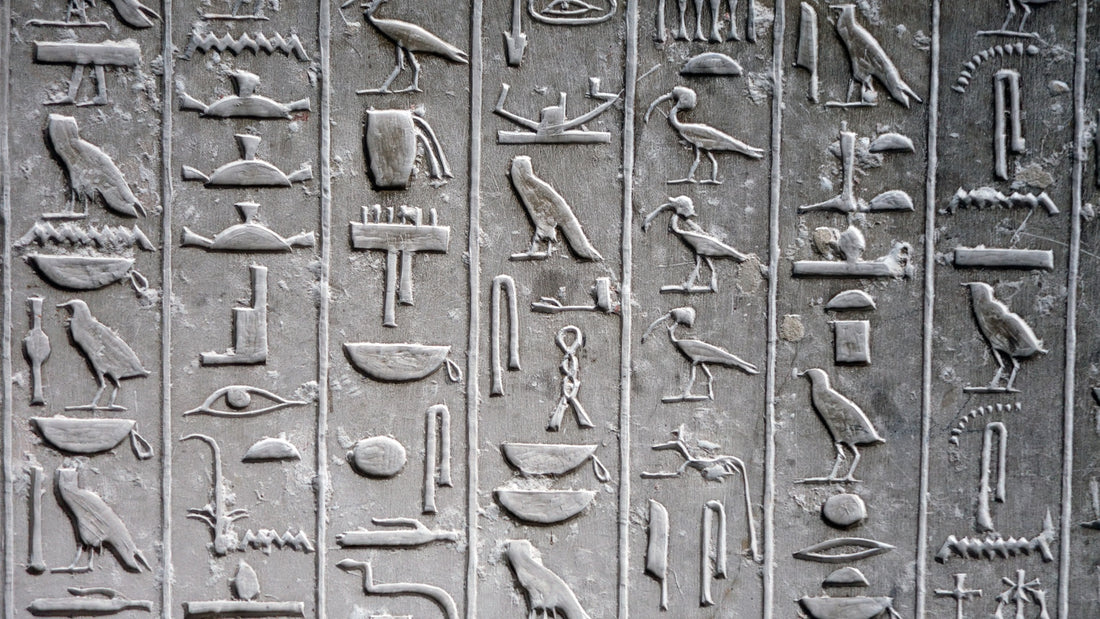Puzzles have been around for thousands of years, with evidence of their existence found in various ancient cultures such as the Egyptians, Greeks, and Chinese. These early puzzles were often simple in design and were used for both educational and entertainment purposes.
The origins of puzzles can be traced back to the earliest known civilizations. In ancient Egypt, hieroglyphs were used as a form of puzzle, with the hieroglyphs found in tombs and temples serving as a way for the pharaohs to communicate with the gods in the afterlife. These hieroglyphs were often intricate and required a certain level of skill and knowledge to decipher.
In ancient China, the Tangram puzzle was a popular form of entertainment. The puzzle, which consists of seven pieces, was used to create various geometric shapes and designs. The Tangram puzzle was considered a game of skill and was often used in competitions to test the intelligence and dexterity of players.
Ancient Greece also had its fair share of puzzles. Wooden puzzles were a popular form of entertainment, with designs ranging from simple to complex. These puzzles were often used to teach basic skills such as problem-solving, logic, and spatial awareness. The Greeks also had a type of puzzle called "The Gordian Knot" which was a complex knot that could be difficult to untangle.
In the medieval period, the Europeans were introduced to puzzle in various forms like Jigsaw puzzles, which were made from wood and required the player to fit together different shaped pieces to complete a picture or design. In the 19th century, the invention of the lithographic press made mass production of jigsaw puzzles possible.
As time went on, puzzles continued to evolve and take on new forms. With the advent of computers and the internet, puzzles have become more complex and interactive. Today, puzzles come in a wide variety of forms, from traditional jigsaw puzzles to complex video games.
In conclusion, the origins of puzzles can be traced back to the earliest known civilizations, where they were used for educational and entertainment purposes. From the hieroglyphs of ancient Egypt to the Tangram puzzles of ancient China, and wooden puzzles of ancient Greece, the puzzle has come a long way and continues to evolve with the times. It continues to be an engaging and stimulating form of entertainment that can be enjoyed by people of all ages and backgrounds.

